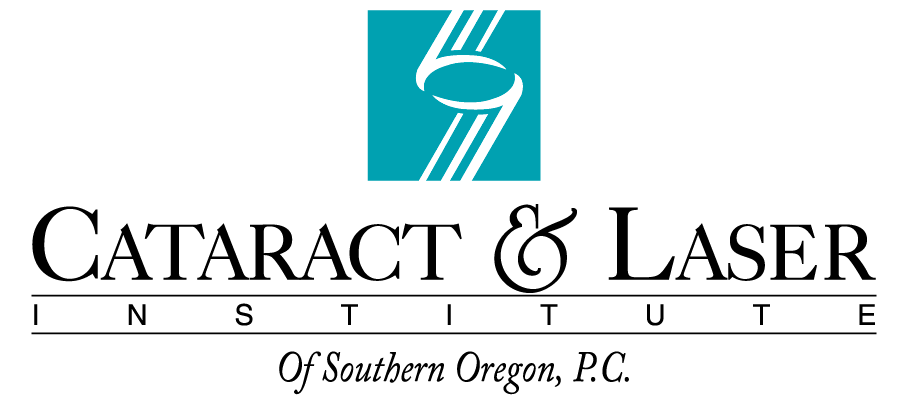Are you interested in clearer vision without glasses or contacts but told you’re not a LASIK candidate? PRK (Photorefractive Keratectomy) may be the solution. Dr. Allison Jarstad offers PRK in Medford, Oregon as a safe, flap-free laser vision correction procedure for patients with thin or irregular corneas, dry eyes, or active lifestyles.
What is PRK?
PRK is a time-tested laser vision correction procedure that reshapes the cornea to correct refractive errors such as nearsightedness, farsightedness, and astigmatism. Unlike LASIK, PRK does not involve creating a corneal flap. Instead, the thin outer layer of the cornea (epithelium) is gently removed before an excimer laser reshapes the underlying corneal tissue. The epithelium regenerates naturally within a few days.
What to Expect
The PRK procedure takes about 10–15 minutes per eye. After the laser reshaping, a soft contact lens is placed to protect the eye while the epithelium heals. Most patients experience visual improvement over 5–10 days and reach full visual clarity within a few weeks.
Recovery includes:
- A few days of mild discomfort or light sensitivity
- Prescription eye drops to reduce inflammation and prevent infection
- Follow-up visits to monitor healing and visual improvement
Why Choose Dr. Allison Jarstad?
Dr. Jarstad is a dual fellowship-trained cornea and refractive surgeon, bringing years of experience and advanced training from UC Irvine and Stanford to patients across Medford, Ashland, and Southern Oregon. She delivers highly personalized care using the latest in laser vision correction technology.
PRK Frequently Asked Questions
How is PRK different from LASIK?
Is PRK painful?
How long is the recovery time?
Am I a candidate for PRK?
- You’re over 18 with a stable prescription
- You have thin or irregular corneas
- You experience chronic dry eye
- You have an active lifestyle or work in a job where eye trauma is a concern
Dr. Jarstad will perform a comprehensive exam to determine which vision correction option is right for you.
Are the results permanent?
Can both eyes be treated at once?
What are the risks of PRK?
PRK vs LASIK: The Flap-Free Advantage
Because PRK is flap-free, it is a preferred alternative for patients with:
- Thin or irregular corneas
- Chronic dry eyes
- Jobs or hobbies at risk for eye trauma (athletes, military, first responders)
- History of corneal surgery or scarring
While LASIK offers faster visual recovery, PRK provides the same long-term visual outcomes—without the risk of flap complications.
Benefits of PRK
- No corneal flap—fewer risks for trauma or dislocation
- Excellent long-term vision results (comparable to LASIK)
- Lower risk of post-op dry eye
- Suitable for more patients, including those with thinner corneas
- Proven safety with decades of successful outcomes
Ideal PRK Candidates
PRK may be right for you if you:
- Are 18 years or older with stable vision
- Have thin or irregular corneas
- Live an active lifestyle or are in a contact-prone profession
- Were told you are not a LASIK candidate
- Want a safe, effective alternative to glasses or contacts
Schedule Your PRK Consultation Today
If you’ve been told you’re not a LASIK candidate—or simply want a flap-free, safe alternative—PRK may be the ideal solution for your vision. Contact us today to schedule a consultation with Dr. Allison Jarstad and take the first step toward clearer, glasses-free vision.
Call 541-779-2020 ext 367 or Contact Us to book your appointment.

